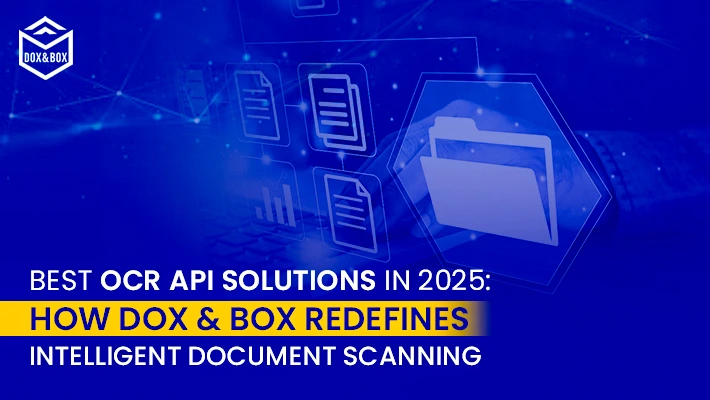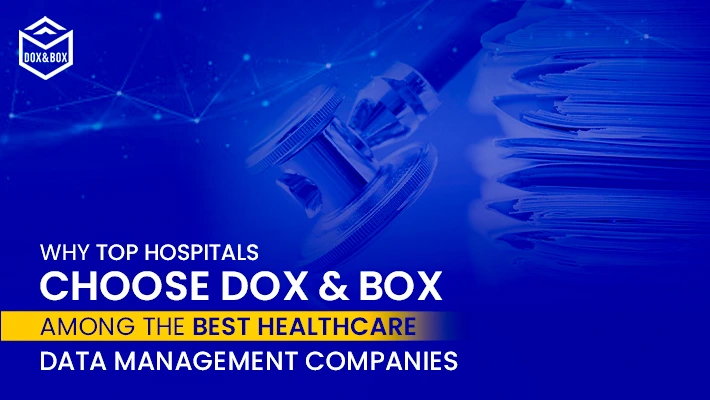Dec 19, 2025
Living in such unprecedented times certainly calls for a course of action focused on gathering the data and managing it the right way. Thanks to the advent of technology which has made record management easier than before. Today, in the time of digital media, one can easily gather data reports, social media reports, etc., with a simple tap. To manage the data efficiently and accurately, transparency is one of the major factors. The personal data of the individuals is collected and tracked by sharing it with the third parties, in the name of a pandemic. While this is claimed to be done in the interest of public health and it also raises the question of privacy.
Let us first have a glance at what constitutes data and records:
• Symptoms
• Exposure
• Travel History
• Contact Tracing (name, address, email, phone, people met, etc.)
Privacy vs Transparency - Who Has the Upper Hand?
There is no separate black and white in this case. While transparency is important to implement accurate measures and it is necessary to understand that the privacy of an individual is equally significant. Pandemic should not mean disregarding privacy regulations and sharing the private data with the third parties, it is necessary to remain confidential. Different countries are seen processing the individual data in different ways to fight against the outbreak. While this might be considered appropriate during the pandemic, also one must endeavour to go back to respecting privacy and shunning monitoring of any kind that infringes upon the privacy rights, once things turn around.
Going private or transparent should be brought to an individual’s concern. The citizens should be knowing how their personal data or information would be handled.
With acts like CCPA (California Consumer Privacy Act), businesses have to comply with privacy regulations while handling personal information.
Here are the best practices to ensure compliance of record management:
1. Proper Governance
The websites and apps wherein people enter their symptoms and test results must be secured. Things like who has access to this data, how it will be used, how much information, etc. would be given out should be transparently stated.
2. Coordinate and Convey
Public engagement is necessary with the data providers clearly informed. Collaborating with people working or living in long-term care homes and racialized minorities having been affected by the virus can be beneficial in terms of focused and effectively managing data management.
3. Quantitative and Qualitative Tracking
This helps automate the extraction of quantifiable trends and gives the required information to prod the people responsible to take the correct action.
Accurate data is necessary for proper treatment and cure. But transparency should not be understood as privacy in all the cases. One must understand their responsibility in passing only the accurate and right amount of information which does not lead to any breach of faith.







